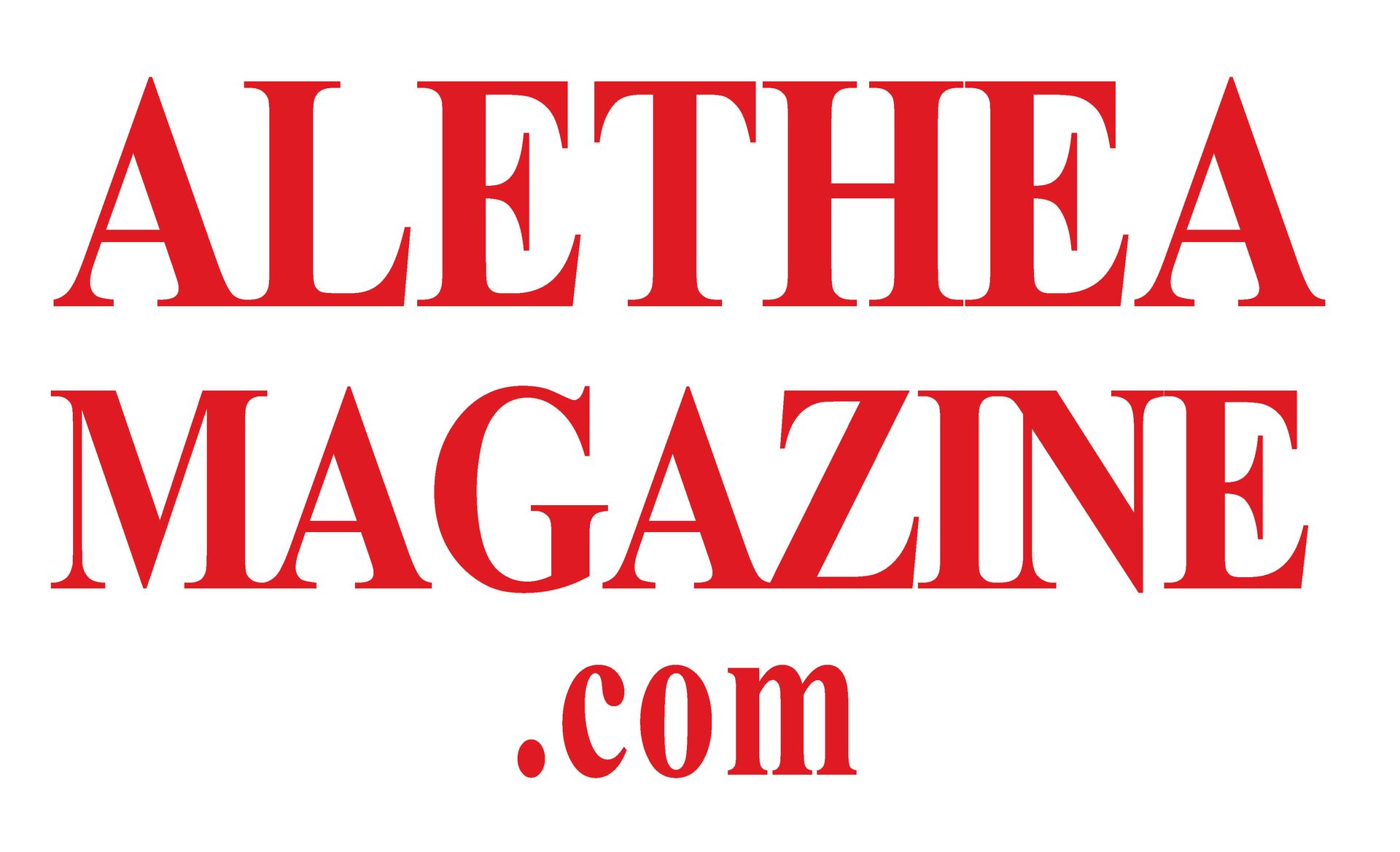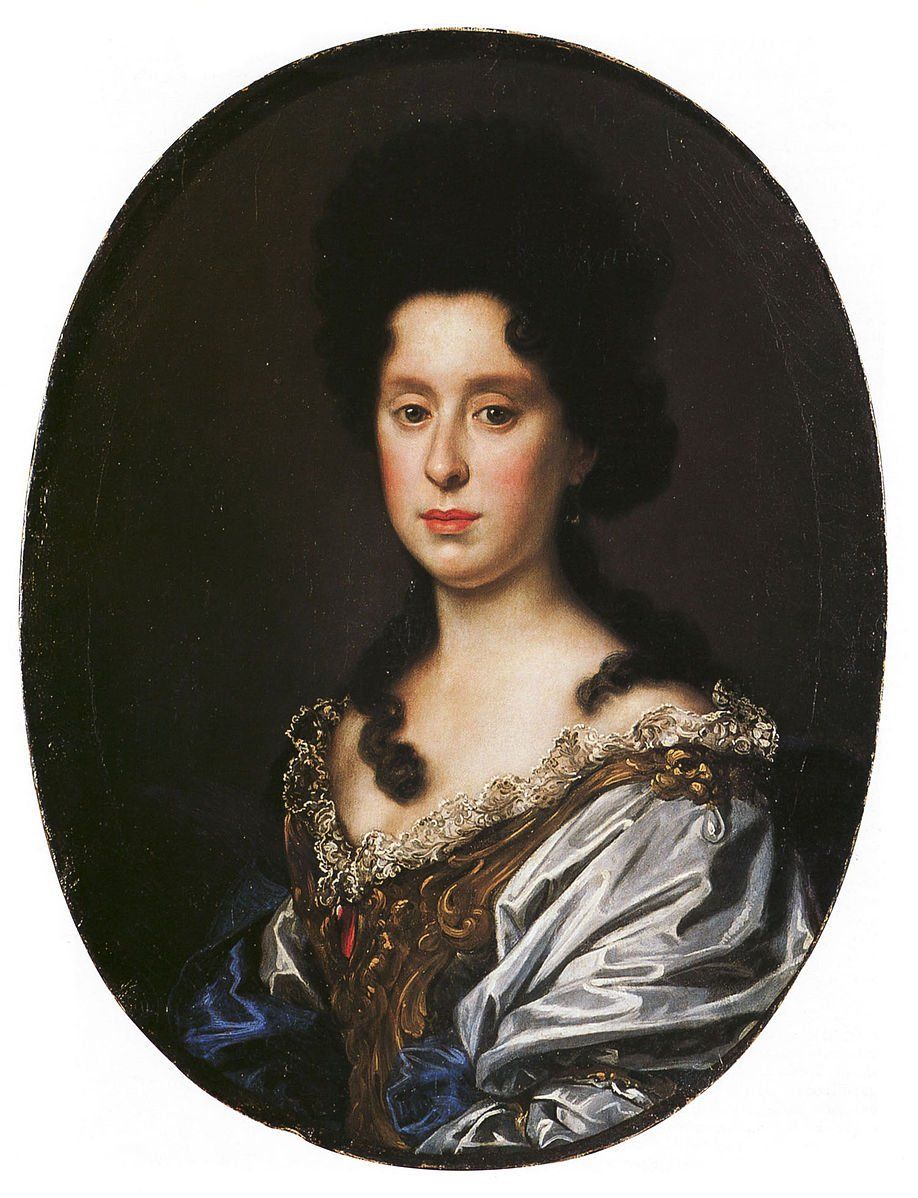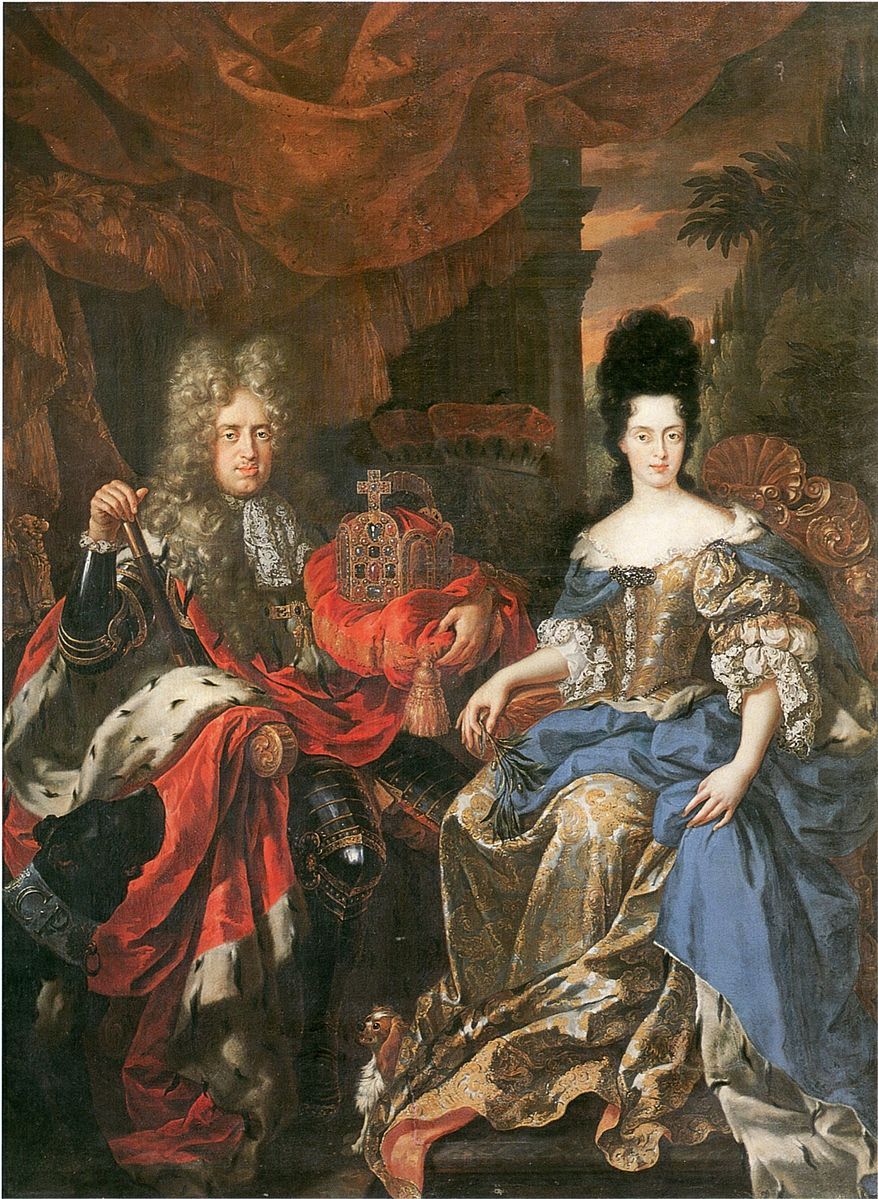Anna Maria Louisa de Medici is one of the outstanding Rhenish personalities of the late 17th and early 18th centuries. She came from the old Italian ruling dynasty De Medici from Florence. As the wife of the Palatine Elector Johann Wilhelm, she contributed significantly to the rise of Düsseldorf to a European cultural metropolis.
The Medici family had ruled over Florence and the surrounding area for more than 300 years. The Medici name is associated with art and culture. In fact, the family promoted, painters, sculptors and composers. The Medici family conducted trade and banking business throughout Europe and provided three popes. The family was so influential that it was hard to imagine an end to its rule.
Anna Maria Louisa de Medici was born on August 17, 1667, the second of three children of the Tuscan Grand Duke Cosimo III. (1642-1723) and his wife Marguérite Louise of Orléans (1645-1721). The marriage of her parents was arranged according to political considerations. The mother of Anna Maria de Medici, Margarethe Louise of Orléans, after giving birth to another son to her husband, moved back to France.
Anna Maria grew up without a mother. She had a strict courtly upbringing and was encouraged in the arts and language. A contemporary report says: "The princess gains more and more charm the older she gets. She is of great stature; her hair is jet black. Her eyes - formerly quite expressionless - sparkle with life and esprit. She strides very gracefully, sometimes perhaps a little haughtily."
Between 1683 and 1690, her father Cosimo III sought to strengthen his waning political influence by marrying his daughter to a member of the European aristocracy.
At the age of 23, Anna Maria was married to Elector Johann Wilhelm, a widower unknown to her. The long-distance wedding took place in 1691 in the cathedral of Florence. On 6.5.1691 Anna Maria set off on her journey to Düsseldorf. The couple met for the first time in Innsbruck. The church wedding was repeated there in a simple ceremony. When she was united with him, she reported home: "I am now the happiest princess and the most contented woman in the world."
On July 19, 1691, the royal couple arrived in Düsseldorf to great popular acclaim. Johann Wilhelm had already begun to transform his seat of government, surrounded by fortifications, into a magnificent complex.
However, the marriage of convenience, initially concluded for political reasons only, is said to have been harmonious. The dowry of 400,000 Reichstaler made it possible for the building to flourish. Düsseldorf counted only 8500 souls at that time, while Florence was a metropolis with 90,000 people. It must have seemed like a province to the Florentine princess, but gradually both built Düsseldorf into a residential city of European rank.
What they also had in common was their interest in art and culture, of which they were lasting patrons. From 1694, Anna Maria also had an opera house built. George Frideric Handel came to Düsseldorf. Other composers who came to Düsseldorf for Anna Maria were Agostino Steffani and Arcangelo Corelli.
Anna Maria Louisa de Medici and Kurfürst Jan Wilhelm
Jan Frans van Douven, Public domain, via Wikimedia Commons
Anna Maria Louisa de Medici supported her husband in building up a picture gallery and promoted the settlement of renowned artists. Jan Willem collected over 1000 works, including Rubens, Rembrandt, Raphael, Michelangelo, Leonardo Da Vinci - Anna Maria is said to have been a systematic collector and was thus able to build up what was probably the first painting gallery of European standing. Jan Wellems built a gallery building for the collection, which was a transition from a private collection to a museum.
Anna Maria also demonstrated political skill when, after the outbreak of the War of the Spanish Succession, she achieved through diplomatic negotiations that Düsseldorf was not shelled by French troops.
Unfortunately, the marriage remained childless. After the death of her husband on June 8, 1716, and the accession to power of her brother-in-law Charles Philip (1661-1742), Anna Maria de Medici returned to Florence in 1717. The rest of the Medici family had also remained childless.
Anna Maria was to assume the regency of Tuscany according to her father's wishes. However, her brother Gian Gastone (1671-1737) took over the regency after the death of her father Cosimo III.
Her brother Gian Gastone also died childless in 1737 and Anna Maria was the last member of the famous Medici family. Political power in the Grand Duchy of Tuscany had already passed to Francis Stephen of Lorraine (1708-1765). However, Anna Maria prevailed one last time and protected the Medici art collections from his grasp by bequeathing them to the city of Florence.
In 1741 Anna Maria Louisa de Medici fell ill with breast cancer and died in Florence on February 18, 1743.
Until the end, she enjoyed a high reputation among the population as a representative of a once important Medici family. She remained closely connected to the Rhineland and the residential city of Düsseldorf, which she had helped to build, until the end of her life.
Sources:
Thomann, Björn, Anna Maria Louisa de Medici, in:
Internetportal Rheinische Geschichte, retrieved from:
Jutta Hoffritz in Deutschlandfunk - 11.08.2017
https://www.deutschlandfunk.de/350-geburtstag-von-anna-maria-louisa-de-medici-kunst-statt-100.html
By G.




